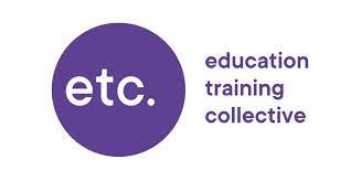Capacity checkers will visit state-funded primary schools to assess how many pupils can be taught and the space available for breakfast clubs.
Ministers are rolling out the four-year “net capacity assessment” programme into primaries after a “successful” phase one that collected data on secondary and special school capacity.
Between now and 2029, officials from the government’s Valuation Office Agency will measure and record room types to calculate how many pupils a primary school can accommodate.
These reports are then shared with schools, councils, dioceses and academy trusts about four months later.
The government aims to visit more than 600 schools before Christmas.
The Department for Education said the assessments ensure better use of space, aid curriculum planning, and provide accurate information to inform the development of policies such as the government’s breakfast clubs.
It can also identify spare capacity where demand for places is high and provides independent verification for admissions and appeals.
Last year, 16 per cent of primary schools were at or over capacity, down from a high of 23 per cent in 2016-17.
However, government data shows that 12.3 per cent of primary school places were unfilled in 2023-24, with falling rolls impacting schools across the country.
‘Think carefully about how to use spare capacity’
Paul Whiteman, general secretary of school leaders’ union NAHT, said the drive for improved accuracy was “positive, but the government needs to think carefully about how it intends to use any spare capacity”.
He added: “A nuanced approach is required… because capacity varies hugely across different regions and sectors, with some primaries struggling with lack of numbers but others – in areas of intense house building, for example – over-subscribed.”

The DfE needed to “empower and resource local authorities to utilise the capacity data gathered to establish the right type of provision to meet pupil needs in the right places”, he argued.
The early tranches of capacity checks will focus on schools where up-to-date information is “most important”.
This will include areas where demand is highest, and some early adopters of the breakfast clubs. Councils can also nominate priority schools.
The DfE said it carried out pilot visits during the summer to identify “good practice”, including how to “make the best use of schools’ valuable time”.
Officials will measure any school buildings on site, other buildings used by a school for at least 80 per cent of the week, circulation space and open-plan areas.
They will also measure areas such as special education needs resource units, but will not include these in their capacity calculation.
It “expects” the data to “inform a discussion between the responsible body and the local authority regarding what would be an appropriate figure to report” in a separate school capacity survey collected by the DfE.
The department may ask for an “explanation” if the figure is different to its capacity assessment, but does “accept that there can occasionally be circumstances where this is appropriate”.
A previous pilot assessment of 200 mainstream schools found 6,000 potential extra places.
It comes after a Schools Week investigation exposed how the DfE previously did not collect capacity data for special schools, which instead fell to councils.
But new figures published earlier this year now show approximately 8,000 more secondary pupils on-roll in special schools than reported capacity.







The DfE needed to “empower and resource local authorities to utilise the capacity data gathered to establish the right type of provision to meet pupil needs in the right places”
Let’s be honest, that is not why DfE are doing this. Basic Allocations are based on forecast vs capacity. The DfE are trying to show increased capacity so they can allocate less Basic Need to LAs. Basic need used to be annually near 2bn, but is now less than 500m and falling. Is it any wonder that the school estate is crumbling, when DfE have been squeezing LAs abilities to invest.